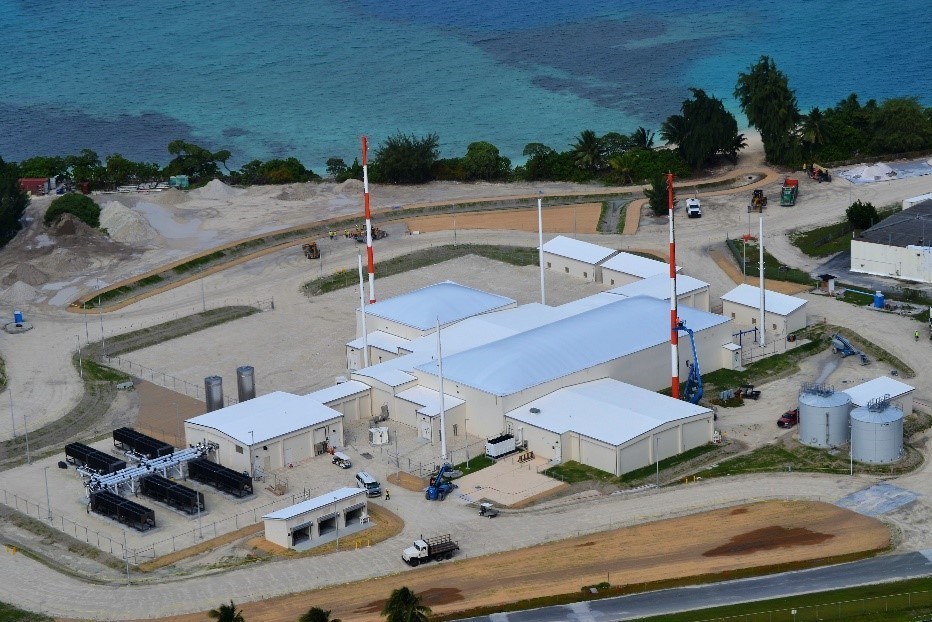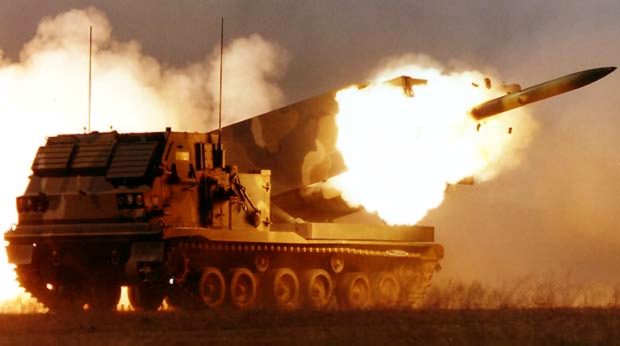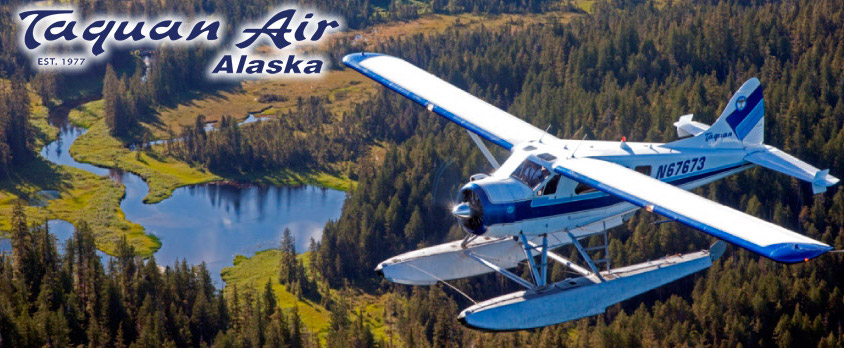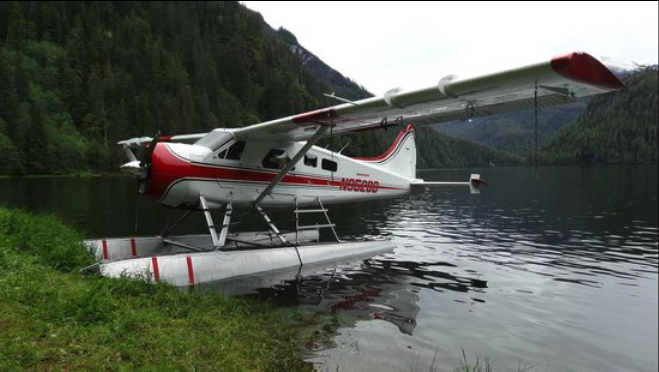WASHINGTON (Reuters) – The U.S. Department of Defense has a “handshake” agreement with Lockheed Martin Co to cut 8.8 percent from the price of its latest order of F-35A fighter jet, shaving a year from the time frame in which each aircraft will cost less than $80 million, a Pentagon official said on Monday.
The Pentagon said over three years the agreement will be worth $34 billion for 478 F-35 fighter jets. It is preliminary and a final deal is expected to be sealed in August for the 12th batch of jets, one of the most expensive aircraft ever produced.
The preliminary agreement details the first year, and lays out agreed upon options for two additional years. The options are there because official purchases cannot be made until the U.S. Congress approves an annual budget for those years.
This year’s agreement will lower the cost of each F-35A, the most common version of the aircraft, to $81.35 million, Under Secretary of Defense Ellen Lord said, down from $89.2 million under a deal inked in August 2018.
Under the options covering the second and third years of the purchase, the price of each jet will drop below $80 million, Lord said. In those later years production would be around 160 jets per year.
The F-35 program has long aimed at growing the fleet to more than 3,000 jets and bringing the unit price of the F-35A below $80 million through efficiencies gained by ordering larger quantifies.
“I am proud to state that this agreement has achieved an estimated 8.8% savings from Lot 11 to Lot 12 F-35A’s, and an estimated average of 15%” reduction across all variants from Lot 11 to Lot 14, Lord said in the statement. That savings exceeded expectations in a RAND Corp study.
“The unit price for all three F-35 variants was reduced and the agreement will include an F-35A unit cost below $80 million in Lot 13, exceeding the Pentagon and Lockheed Martin’s long-standing cost reduction commitment earlier than planned,” the Lockheed Martin F-35 program general manager Greg Ulmer said in a statement.
While being a major part of Lockheed’s revenue, the F-35 has recently been holding competitions to find less expensive subcontractors to help control costs.
The new pricing could encourage more foreign customers to join the F-35 program. Lockheed executives have said that any country with an F-16 jet, the predecessor to the F-35, is a potential customer. This could put the market size at about 4000 jets, Lockheed CEO Marillyn Hewson recently told an investor conference.
Vice Admiral Mathias Winter, the head of the Pentagon’s F-35 office, has testified to Congress, that “future potential foreign military sales customers include Singapore, Greece, Romania, Spain and Poland.”
Foreign military sales like those of the F-35 are considered government-to-government deals where the Pentagon acts as an intermediary between the defense contractor and a foreign government.
Other U.S. allies have been eyeing a purchase of the stealthy jet including Finland, Switzerland and the United Arab Emirates.
(Reporting by Mike Stone in Washington; Editing by Bill Rigby and David Gregorio)











